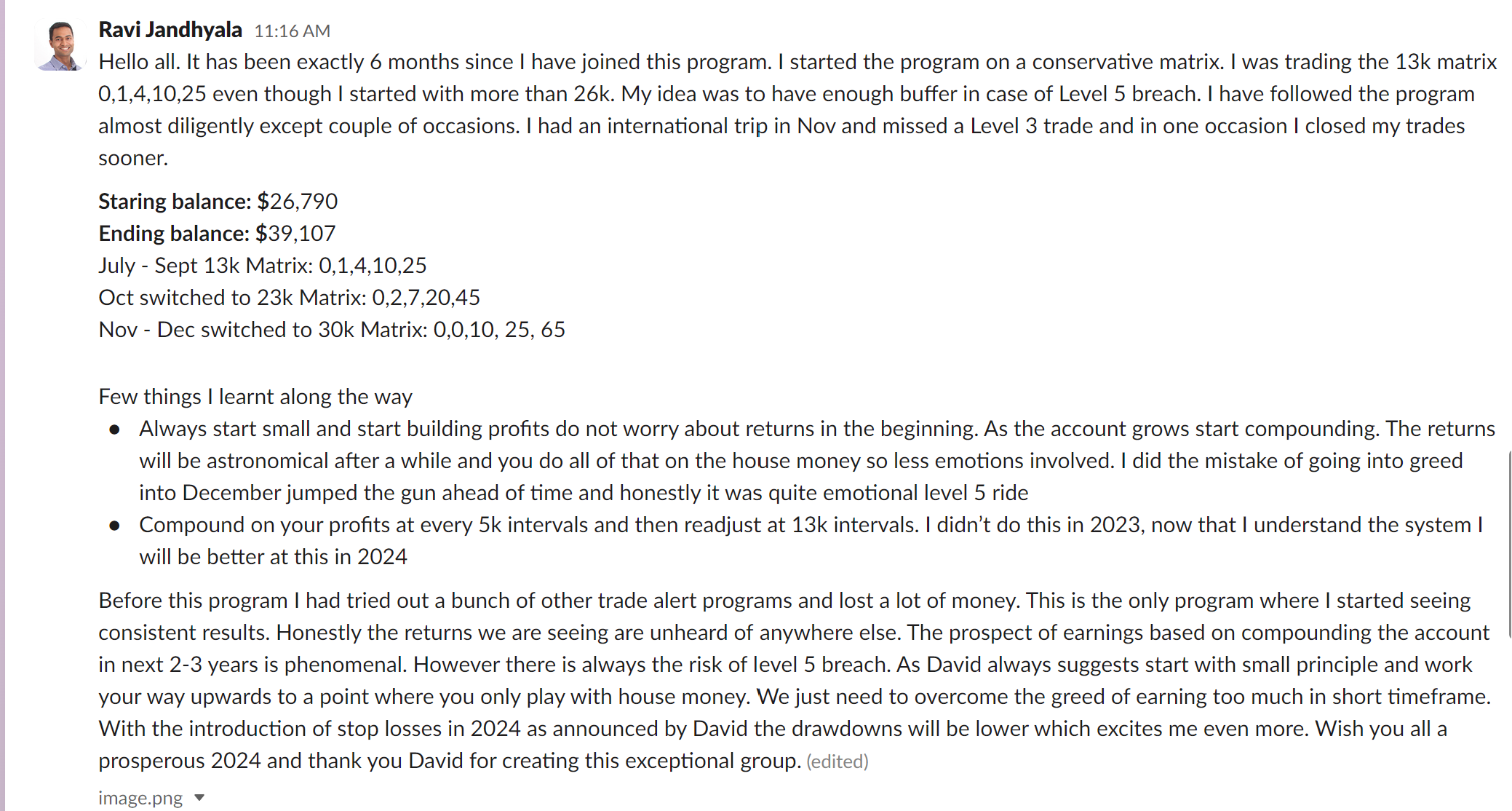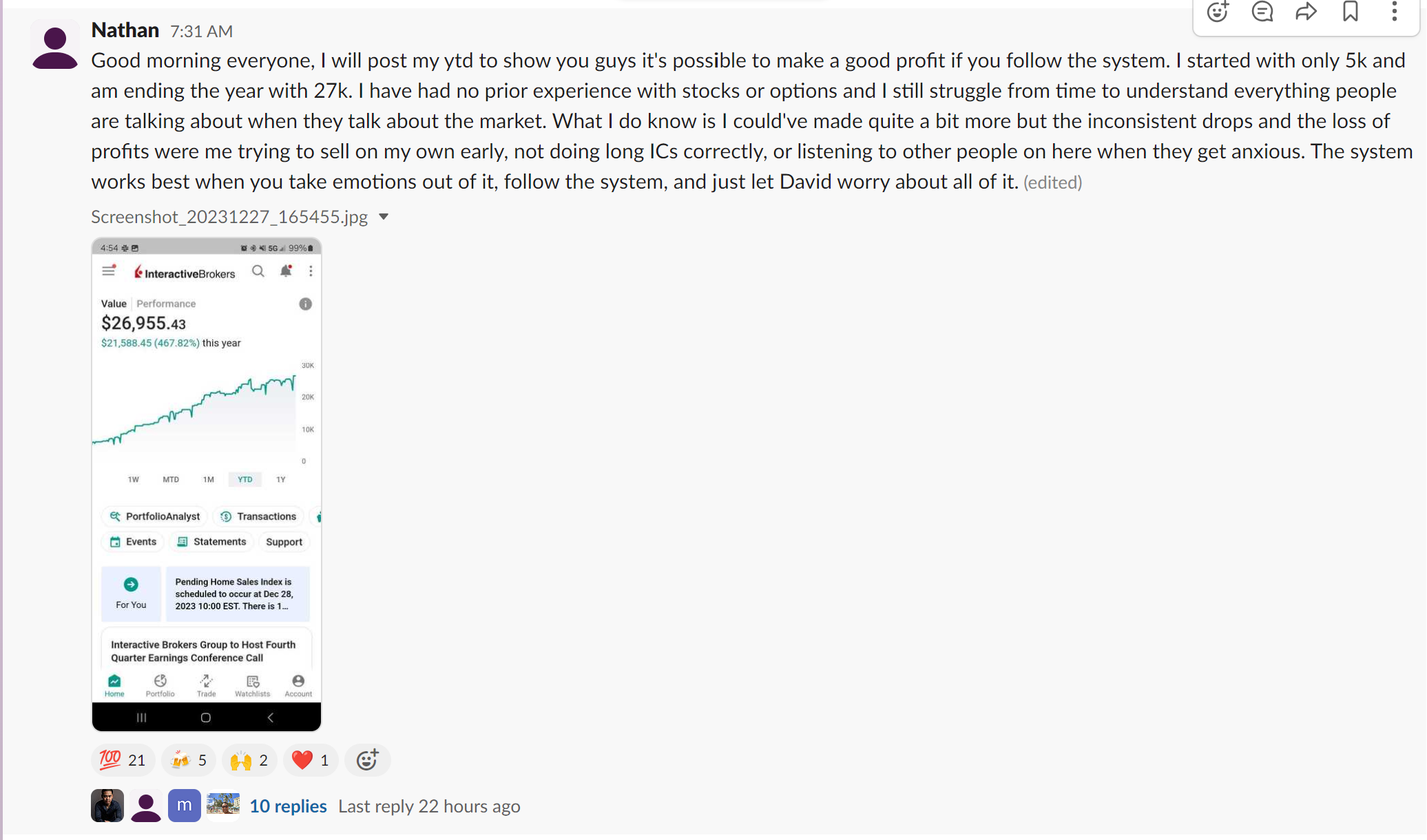As we navigate the complex world of options trading in 2024, the secrets to consistent success and thriving profitability often lie in mastering sophisticated techniques that balance rewards with risks. Among the various strategies employed by successful options traders, credit spreads stand out as an exceptional approach for striking this delicate balance, unlocking the potential for consistent gains while effectively managing risks. By understanding the inner workings of credit spreads, traders can build robust strategies conducive to the ever-evolving market landscape.
In this captivating exploration, we will dissect the intricacies of credit spreads in options trading, delving into their foundational concepts and showcasing the potential benefits of incorporating credit spreads into your trading strategy. We will unveil the mechanics behind various types of credit spreads, from bull put spreads to bear call spreads, providing a comprehensive array of tactics for maximizing rewards and reducing risks. As we progress through this eye-opening journey, we aim to equip you with the knowledge and techniques required to effectively implement credit spreads and elevate your options trading prowess.
1. The Basics of Credit Spreads
To harness the power of credit spreads in options trading, a fundamental understanding of their core concepts and mechanics is crucial. Delve into the foundations of credit spreads to establish a strong basis for building effective strategies.
– Defining Credit Spreads: A credit spread is an options strategy that involves both the purchase and sale of options contracts with differing strike prices and expiration dates. The goal of a credit spread is to collect premium income while limiting potential losses.
– How Credit Spreads Work: When initiating a credit spread, traders sell an option contract and use the premium income to purchase a further out-of-the-money option contract. The difference between the two premiums results in a net credit received, providing income for the trader.
2. Types of Credit Spreads: Bull Put and Bear Call Spreads
Depending on market sentiment and expectations, traders can employ various types of credit spreads—specifically, the bull put spread and the bear call spread—to capitalize on opportunities and minimize risks.
– Bull Put Spreads: Employed when traders expect a moderate rise in the price of an underlying asset, a bull put spread involves selling a higher strike put option and buying a lower strike put option. This strategy generates a net credit, with profits realized if the asset’s price remains above the sold put’s strike price.
– Bear Call Spreads: Utilized when anticipating a moderate decline in an underlying asset’s price, a bear call spread consists of selling a lower strike call option and buying a higher strike call option. A net credit is received, translating into profits if the asset’s price remains below the sold call’s strike price.
3. Mitigating Risks and Maximizing Profits with Credit Spreads
Employ credit spreads effectively to optimize rewards while limiting potential downsides. Gain insights into strategies that elevate your trading approach and minimize risks.
– Choosing Optimal Strike Prices: Striking a balance between risk and reward requires careful consideration of strike prices when entering a credit spread. A wider spread between strike prices generates greater premium income but also increases potential losses.
– Evaluating Time Decay: Time decay plays a significant role in credit spreads, as the options’ extrinsic value diminishes over time. Traders can exploit time decay by choosing options with expiration dates that align with their market expectations and risk tolerance.
4. Position Management and Adjusting Credit Spreads
Mindful position management and adapting credit spreads to market changes are critical components of successful credit spread strategies. Discover tactics for refining your approach and navigating evolving market conditions.
– Setting Stop Losses: Incorporate stop-loss orders to limit potential losses from credit spreads. Consider setting stop losses based on a predetermined percentage of the maximum potential loss or based on technical analysis of the underlying asset.
– Adjusting Spreads: In response to market fluctuations, traders can adjust credit spreads by rolling positions to new expiration dates or strike prices. Adapting credit spreads in reaction to market changes can help manage risks and maximize rewards.
Conclusion
Gaining proficiency in credit spreads and their many applications can propel your options trading prowess to new heights in 2024. By comprehending the fundamentals of credit spreads, differentiating between bull put and bear call spreads, and developing risk management strategies, traders can cultivate a dynamic approach to options trading. Mastering the art of credit spreads positions you for consistent success, aligning your trading strategies with evolving market conditions while maximizing profitability.
Elevate your options trading strategies with expert guidance on credit spreads and join our specialized community at InsideOptions for exclusive access to invaluable insights, resources, and support tailored to your trading success. Sign up now and harness the full potential of credit spreads trading.









